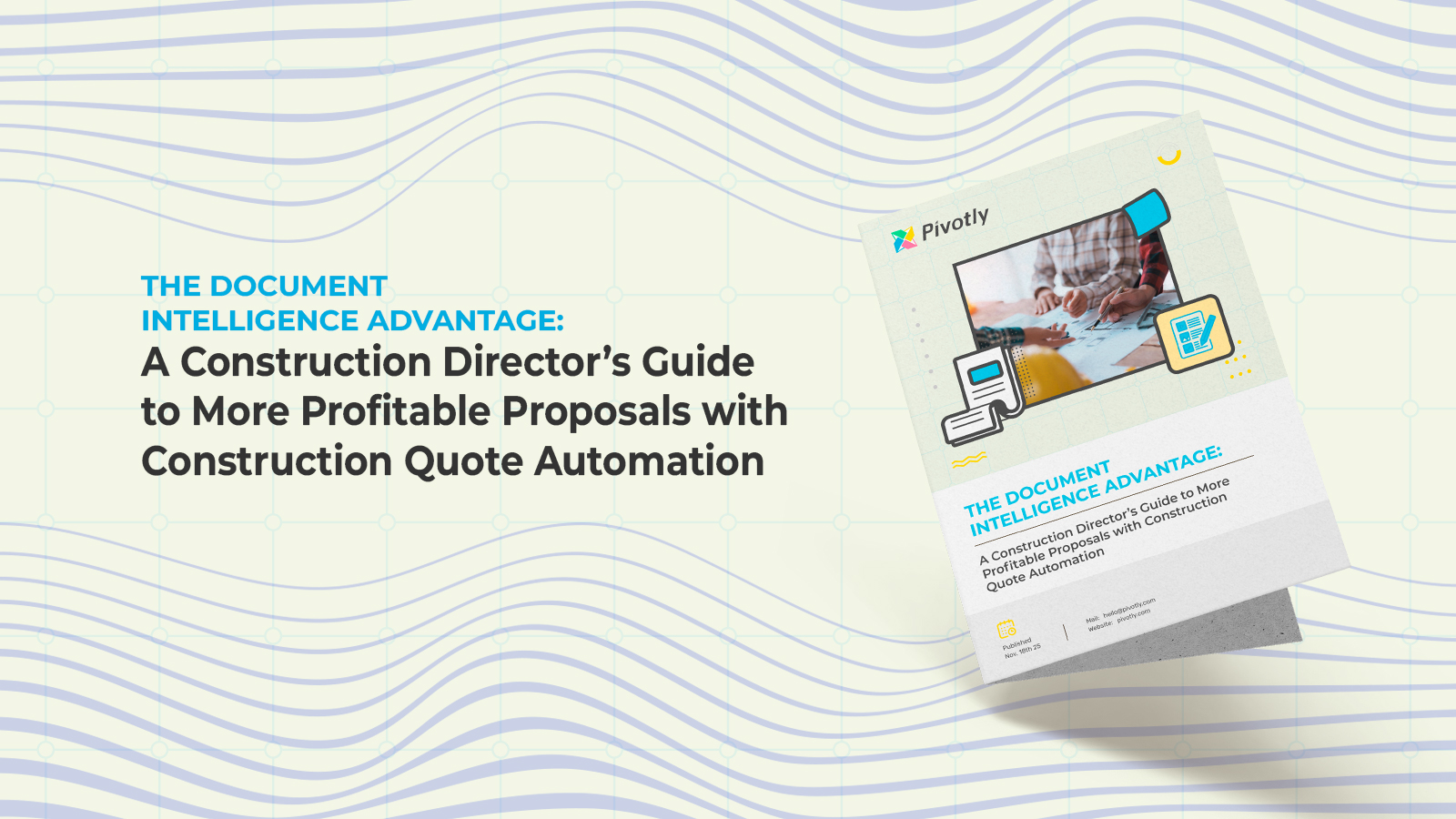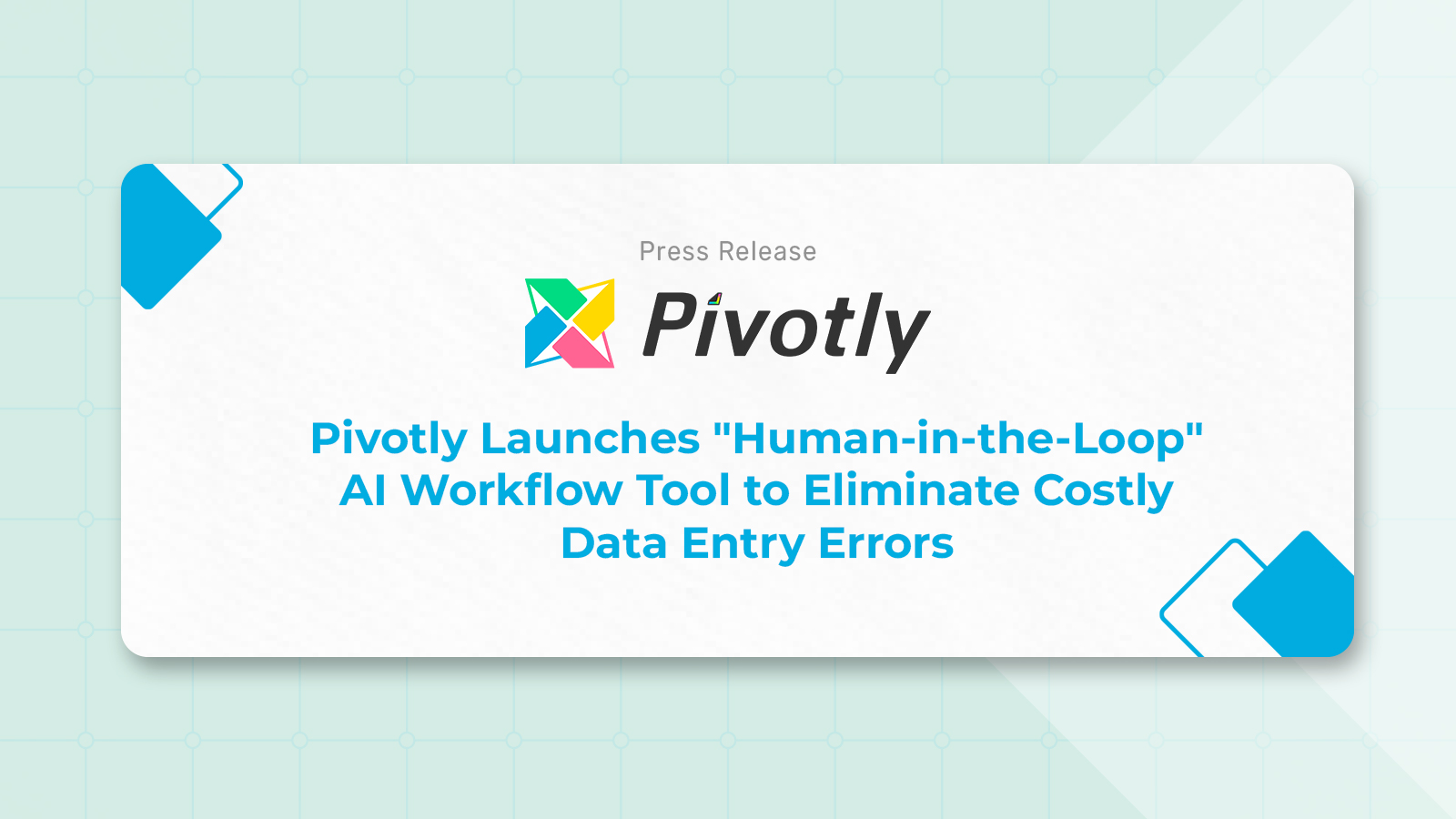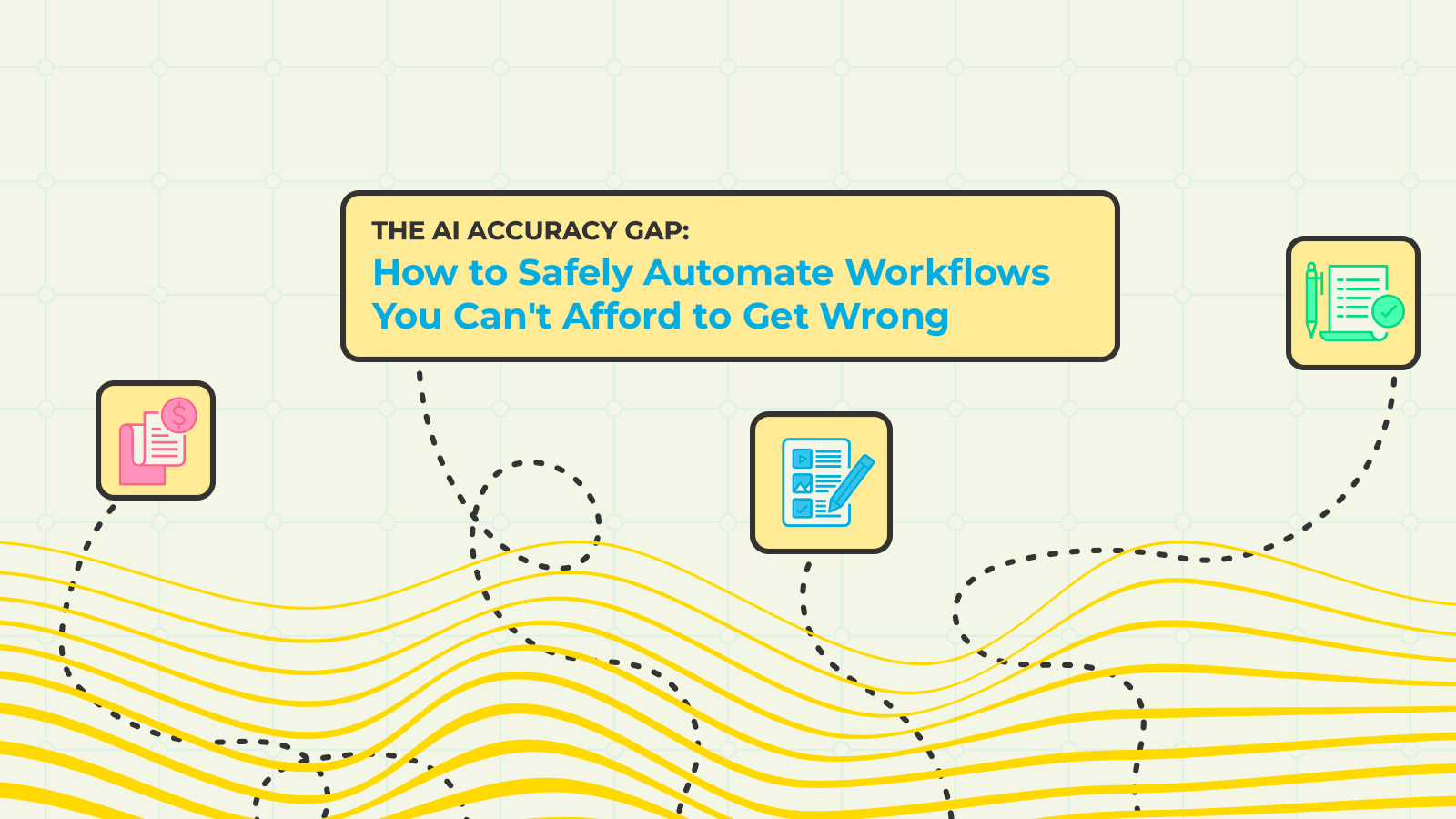As a leader in your business, navigating the digital landscape of a healthcare or pharmaceutical enterprise is a high-stakes balancing act. On one hand, you’re tasked with driving innovation and leveraging data for groundbreaking research. On the other, you’re bound by a labyrinth of regulatory mandates like HIPAA and GDPR, where a single data breach or compliance failure can have catastrophic consequences.
Your world is a complex tapestry of cloud platforms and deeply entrenched legacy systems—sprawling EHRs, mainframes, and ERPs that were never designed to communicate. You’ve invested heavily in data warehouses, BI tools, and likely even dedicated master data management (MDM) platforms. Yet, the persistent challenges of integration complexity and rampant data silos mean that a single, authoritative source of truth remains frustratingly out of reach. This is a core failure of Healthcare Interoperability.
This isn’t just a technical problem; it’s a fundamental barrier to strategic growth, operational efficiency, and regulatory peace of mind.
This checklist is designed as a diagnostic tool to assess the health of your data integration and Healthcare Interoperability strategy. If you find yourself answering “no” to these critical questions, it’s a clear sign that your current patchwork of tools and manual processes is no longer sufficient.

Checklist Item #1: Are Your Clinical Workflows Truly Clinician-Centric?
☐ YES / ☐ NO
If you answered “no,” you’re likely hearing about it from your most valuable assets: your clinicians. They complain about spending hours after their shifts on “pajama time,” wrestling with clunky EHR interfaces and performing redundant data entry across multiple disconnected applications. This isn’t just a matter of inconvenience; it leads to clinician burnout, creates significant data quality issues from manual errors, and poses a direct risk to patient safety.
The Governance Gap: This problem stems from a fundamental failure of Healthcare Interoperability. Critical patient information is fragmented across different systems—the EHR, the lab information system (LIS), the pharmacy, and scheduling tools. Without a connected data layer, it’s impossible to create a streamlined application that presents a complete patient picture. This is a classic data silos solution problem, where the burden of integration falls on the clinician, forcing them to be the human ETL tool.
The “Yes” Solution: A “yes” means your clinicians interact with intuitive applications that are designed around their workflow. This is achieved by implementing a modern integration platform that uses robust API integration to pull relevant data from all backend systems into a single, cohesive view. Pivotly acts as this strategic IPaaS (Integration Platform as a Service) layer, creating a unified data source that can power custom, user-friendly applications. Other data integration companies play fetch with your data while we centralize your data allowing you to build workflows that clinicians actually want to use.

Checklist Item #2: Can Administrators Easily Access Integrated Data for Reporting?
☐ YES / ☐ NO
If you answered “no,” your administrative and population health teams are likely mired in spreadsheet hell. They are tasked with reporting on critical metrics like Social Determinants of Health (SDOH), patient demographics, and care disparities, but the data they need is locked away in different systems. Generating a single report becomes a monumental task of manual data extraction, reconciliation, and formatting—a process that is both inefficient and highly susceptible to error.
The Governance Gap: The inability to report effectively is a direct symptom of poor data governance and a lack of a centralized data strategy. Achieving the level of Healthcare Interoperability required to automatically aggregate this information is essential. Without it, you have no home plate, and your organization is forced to rely on slow, manual ETL processes that can take weeks, rendering the final report obsolete the moment it’s created.
The “Yes” Solution: A “yes” means your administrators have access to self-service dashboards with real-time, accurate data. They can track key performance indicators and population health trends as they evolve. This is possible when an integration platform automates the aggregation and standardization of data from your EHR, billing systems, and other sources into a central repository, that can then have processes run on them or sent to a data lake. Pivotly provides the essential data pipelines to ensure this flow is continuous, reliable, and governed, forming the backbone of your master data management strategy.

Checklist Item #3: Can Researchers and Analysts Access Relevant Data Securely and Efficiently?
☐ YES / ☐ NO
If you answered “no,” your organization’s ability to innovate is being throttled. Researchers and data analysts, who are key to discovering new therapies and improving patient outcomes, are stuck in a frustrating cycle. They wait months for IT to fulfill their data requests, only to receive incomplete or poorly anonymized datasets that are unfit for purpose.
The Governance Gap: This bottleneck is a direct result of trying to manage data access through manual processes. A lack of true Healthcare Interoperability means there is no centralized platform to enforce access rules, forcing IT to take a highly conservative approach to mitigate compliance risks. This ad-hoc approach makes consistent application of your data governance policies nearly impossible and stifles research.
The “Yes” Solution: A “yes” means you have a system that enables secure, role-based, and audited access to data. Researchers and analysts can quickly and safely access the de-identified or limited data sets they need through a governed data portal. Pivotly helps build this foundational layer by integrating and cataloging your enterprise data, allowing you to implement sophisticated access controls as part of a comprehensive Healthcare Interoperability framework.

Checklist Item #4: Can You Effectively Prove Value for a Value-Based Care Model?
☐ YES / ☐ NO
If you answered “no,” your organization is likely struggling to transition away from the traditional fee-for-service model. You know that value-based care is the future, but you lack the data infrastructure to prove your performance to payers. You cannot effectively connect clinical outcomes with the actual costs of care, making it impossible to demonstrate quality improvements or take on risk-based contracts.
The Governance Gap: This is a massive integration complexity problem. Proving value requires deep Healthcare Interoperability between completely separate domains: clinical data in the EHR, financial data in the billing system, and operational data in scheduling and administrative tools. Without a way to unify this information, you can’t see the full picture of a patient’s journey or its true cost.
The “Yes” Solution: A “yes” means you can confidently analyze the end-to-end patient journey. An integration platform is the key, creating a unified data model that links patient outcomes with specific interventions and their associated costs. Pivotly builds these critical data bridges, enabling the Healthcare Interoperability required to perform the sophisticated analytics needed to identify inefficiencies and build a compelling case for your value-based care programs.

Checklist Item #5: Do Your Disparate Systems and Applications Work Together?
☐ YES / ☐ NO
If you answered “no,” your organization is suffering from the “swivel chair interface.” Employees at every level are manually re-keying information from one system into another, a practice that is not only mind-numbingly inefficient but also a primary source of costly data errors. Your current integrations are likely a tangled web of brittle, point-to-point connections that break with every software update.
The Governance Gap: This “spaghetti architecture” is a sign of a tactical, reactive approach to Healthcare Interoperability. Each new system adds another layer of complexity and increases your technical debt. The high integration costs and long development cycles associated with this model make it unsustainable. This common approach makes no effort to centralize your data and connects end-point to end-point, increasing the complexity of a system it was supposed to streamline.
The “Yes” Solution: A “yes” means you have a modern, flexible integration backbone. Instead of point-to-point connections, you’re using a strategic IPaaS or data fabric architecture to achieve true Healthcare Interoperability. Pivotly helps you build this scalable foundation, making it simple to connect new applications and data sources. This centralized data model drastically reduces integration complexity and cost, allowing you to build a cohesive and future-proof tech ecosystem.

Checklist Item #6: Can You Build Custom Applications That Fit Your Business Processes?
☐ YES / ☐ NO
If you answered “no,” you are effectively locked in by your legacy vendors. Your unique, optimized business processes are being compromised because your monolithic EHR or ERP won’t support them. You have innovative ideas for new applications but no way to build them because you are locked into dated systems.
The Governance Gap: The data within your core systems is often inaccessible through modern, developer-friendly interfaces. A lack of a cohesive API integration and Healthcare Interoperability strategy means your most valuable asset—your data—is trapped within proprietary systems, stifling innovation.
The “Yes” Solution: A “yes” means your enterprise data is exposed through a secure, governed layer of APIs. This empowers your internal development teams or trusted third-party vendors to build custom applications that perfectly match your workflows. Pivotly specializes in creating this API layer, unlocking your data and turning your IT infrastructure into a platform for innovation, not a barrier to it.

Checklist Item #7: Are Your Key Business and Approval Processes Automated?
☐ YES / ☐ NO
If you answered “no,” your core business processes are likely slow, opaque, and dependent on email chains and manual follow-ups. Critical workflows like patient referrals, physician credentialing, or new equipment procurement get bogged down, with no clear visibility into their status. This is inefficient and makes auditing a nightmare.
The Governance Gap: The root cause is a lack of Healthcare Interoperability. The data and applications needed to complete a single business process are not integrated. An approval workflow might require information from the EHR, the HR system, and a financial application. Without a way to orchestrate actions across these systems, automation is impossible.
The “Yes” Solution: A “yes” means your workflows are automated, efficient, and auditable. An integration platform can act as a workflow engine, orchestrating tasks across multiple applications based on unified data and predefined business rules. Pivotly builds the connections that enable this cross-application automation, transforming your slow manual processes into streamlined, intelligent workflows.

From “No” to “Yes”: Charting Your Course
If you answered “no” to one or more of these questions, it’s a clear indication that your current data strategy has significant gaps in Healthcare Interoperability and is creating risk while holding your organization back. It’s time to move beyond tactical fixes and adopt a strategic platform designed to solve these foundational challenges.
Ready to turn your data challenges into strategic advantages? Schedule a consultation with Pivotly today to discuss how we can help you build a governed, integrated, and future-ready data ecosystem.


